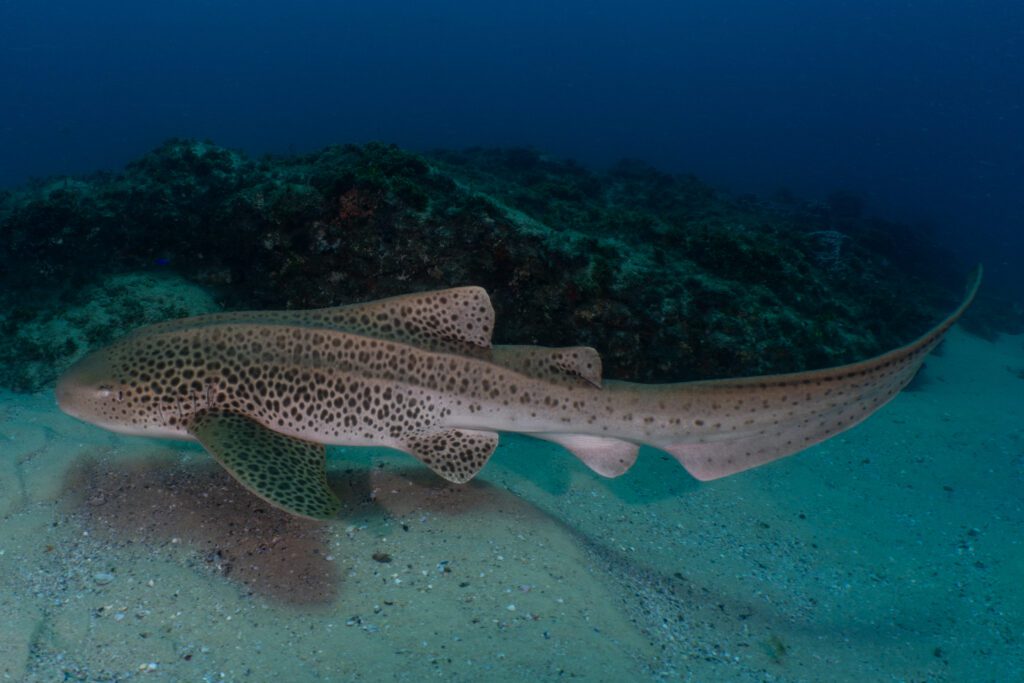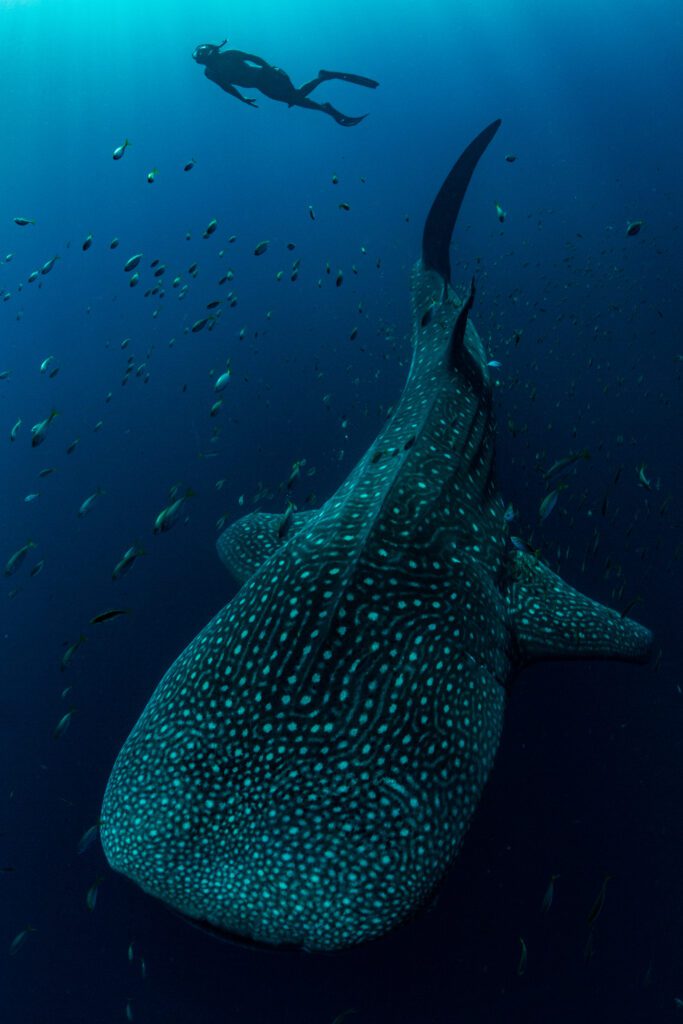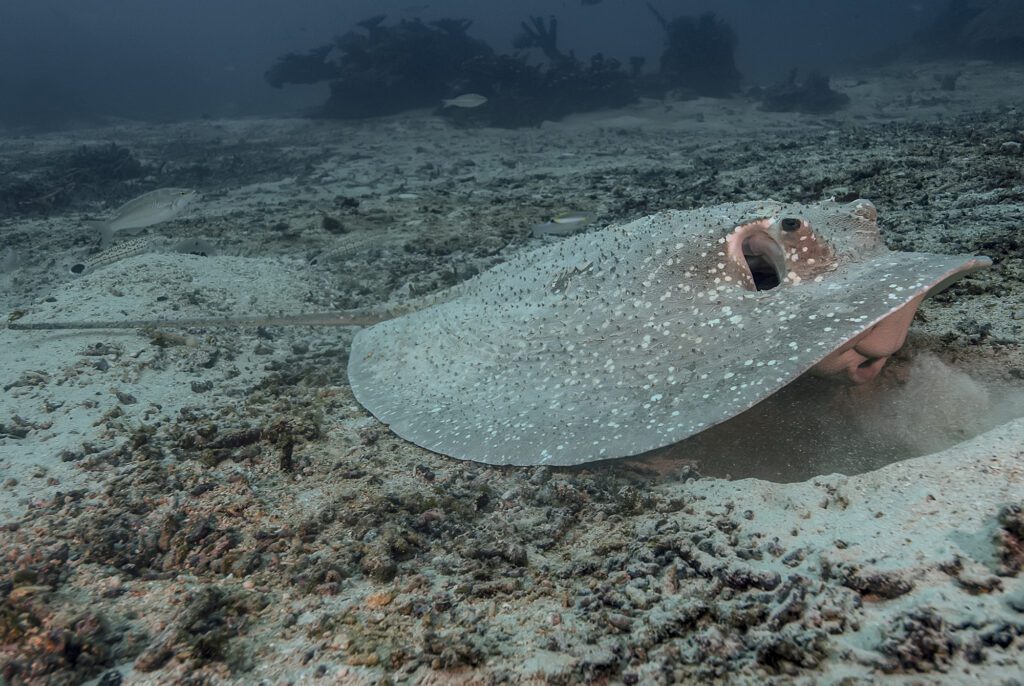Important Shark And Ray Areas In Indonesia: The BHS Leads The Way
New conservation strategies may soon bolster protection for the Birds Head Seascape’s sharks and rays. The International Union for Conservation of Nature (IUCN) recently named 122 ISRAs (Important Shark and Ray Areas) in Asia, (Compendium of Important Shark and Rays Areas: Asia Region) with 43 designated in Indonesia including 12 in West Papua (the BHS) and Papua: (Click each area for its respective fact sheet) Cenderawasih Bay, the Dampier Strait, Fakfak, Kaimana, Merauke, Mommon Seamount, Northern Raja Ampat Corridor, Northwest Waigeo, Sarmi-Jayapura, Seram Sea, Southeast Misool, and the Papua-Micronesia Corridor. Factors considered in granting a specific area ISRA status include reliable presence of threatened species (those that are listed Vulnerable, Endangered or Critically Endangered on the IUCN Red List of Threatened Species), reliable presence of range-restricted (endemic) species, areas that are of particular importance to critical aspects of a threatened shark or ray species’ life history (ie, reproductive areas like nurseries, feeding aggregation areas, resting areas, undefined aggregations (including cleaning stations for species like manta rays or thresher sharks), and movement or migration routes), or the routine presence of an exceptionally high diversity of shark and ray species (high diversity thresholds having been determined by a panel of experts for each region- see below). The ISRA classification means that targeted management of critical habitats with emphasis on the expansion of protected areas now has a scientific base.
Throughout Asia’s 122 ISRAs, only five sites were designated due to their high diversity of shark and ray species. Dr Mark Erdmann, Vice President of Conservation International’s Asia-Pacific Marine Programs, writes that, “Within Asia the IUCN set a ‘high diversity’ threshold of 31 species. In the whole of Asia only five sites were qualified as ISRAs based on the high diversity criterion. Three of the five, and the only ones in Indonesia, are in Raja Ampat’s premier diving regions: the Dampier Strait, Northwest Waigeo, and Southeast Misool!” Within these areas, researchers not only found unusually high diversity, but they also found significant numbers of vulnerable species, along with the other critical markers such as crucial reproductive areas and important feeding areas. The ISRA classification is equivalent to receiving a “report card” with high marks emphasizing that a region’s living shark and ray populations contributes significantly to local and national economies. According to Iqbal Herwata, Senior Manager of Konservasi Indonesia’s Focal Species Conservation, “We hope to use ISRA mapping to reduce the threat of disappearing shark and ray species (in Indonesia). Urgent measures such as fishing restrictions, marine protected areas, and reducing fishing-related mortality are needed to prevent further extinction and ensure sustainable marine ecosystems.”
The IUCN Red List of Threatened Species, now estimates that over one-third of sharks are endangered and close to extinction. Over the last century, fisheries have had a huge negative impact on shark populations, and this threat has been compounded by habitat loss and climate change. Threat levels are highest in coastal habitats where 75% of endangered species occur. Recognizing the critical role of coastal habitats in fostering high species development is especially important in the BHS. The thousands of BHS islands with their convoluted coastlines provide just about every habitat necessary for sharks to flourish. Habitat health and diversity have an incalculable effect on species diversity.
Dr. Fahmi of the Research Center for Oceanography at the National Research and Innovation Agency Indonesia, who also serves as Regional Vice-Chair Asia for the IUCN SSC Shark Specialist Group, stated that the delineation of ISRAs in the Indonesian region is a significant step toward increasing area-based management efforts that specifically target critical habitats for these species. It is believed that in the future, ISRAs in this region can be used to optimize the role of existing marine protected areas (MPAs) that focus on key habitat for the species, as well as to develop new MPAs.
In other words, future conservation efforts will most likely be directed to those areas with good “report cards”. Dr. Firdaus Agung, Indonesia’s Director of Conservation and Marine Biodiversity at the Ministry of Marine Affairs and Fisheries, says that sharks and rays are the target fish species for protection in half of Indonesia’s MPAs. With scores as high as Raja Ampat’s, the hope is that its protected areas will be expanded. Great news for tourists who come to the BHS for its diverse species, including sharks, and for Indonesia’s future role as a potential world leader in shark conservation.









































